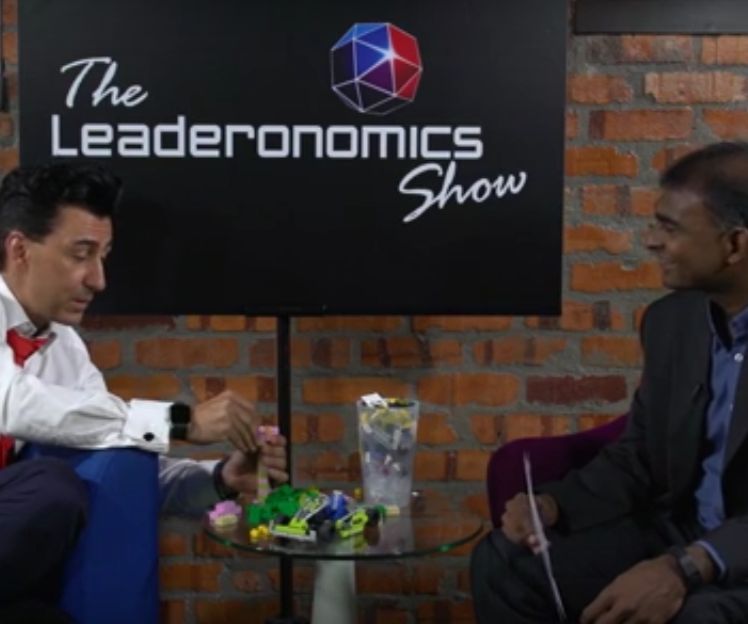How to Deliver Successful Change Management (Part 4)

Image by pch.vector on @freepik
Read parts 1 to 3 of this six part series here:
How to Deliver Successful Change Management (Part 1)
How to Deliver Successful Change Management (Part 2)
How to Deliver Successful Change Management (Part 3)
Being aware of your adopter groups, having a realistic expectation of your implementation time and understanding the signals which emotional responses are sending you sets you up to ensure that your implementation is more likely to be successful.
As implementation moves forward there are a number of key elements which you need to ensure are in place, as a change management speaker hearing the feedback on how people are running their change projects these are too often either neglected or forgotten :
Cascaded responsibility and accountability
Starting from the strategic level plan, or the highest level of your plans objectives, there needs to be clear responsibility and accountability not just at that level but all the way down to the front line. That should ensure that everyone engaged in the change has a clear line of sight to how the big picture fits together and what their contribution is in it. This enhances co-ordination, breaks down silos and motivates people as they see why they are doing what they are doing together.
Seeing, or being told, how they contribute to the wider organisation can encourage employees to give up to 30% (See page 13)
Holistic overview & regular slick reviews
Too often in change and transformation people tend to focus in on their own activities and forget or ignore the context within which the bigger project is being implemented. As in the previous section cascading line of sight responsibility helps create a holistic overview for those on the front line but it also enables information on progress from the front line to get to those managing the overall change which is timely and relevant. This then ensures that those at the top are seeing an accurate holistic picture of the whole project so they can fine tune as required.
This requires an open and honest feedback culture – where, if things are not going to plan, or improvements could be implemented, people are willing to speak out. That goes back to leadership creating a culture where this happens.
Read more: How to Deliver Successful Change Management (Part 3)
Constant communication
The old adage “communicate, communicate, communicate” is true, but the communication needs to be structured to deliver value to the receiver, so local relevance, clear and simple, but also big picture insight.
When leading the communication of the transformation of London Underground into the PPP we held monthly town halls for 400 senior line managers. They were briefed by the CEO on progress, big picture and next steps. Supporting that we created a team briefing system “Team Talk” when the CEOs slide deck would then be used as a core briefing document and cascaded down the organisation within a fixed time scale via team briefings.
Leaders would receive the briefing content from their boss and add in how their team would deliver responsibilities. They would have to brief their team within one working week of receiving it. So each team member would hear what the big picture was and the actions the team would take to support implementation of that.
We then checked via our feedback focus groups if those messages had got to the front line as well as asking for other feedback.
The real impact of these actions is also confirmed by Gallup: “the best habit to develop for successful managers is having one meaningful conversation per week with each team member – 15-30 minutes.”
Celebrate success
As change and transformation often take longer than we expect it’s clear from my experience that psychologically those working on change tend to get tired if there is no visible sense of good progress every month or so. That’s why milestones and celebrating success is so vital until the change is embedded. They give those involved a sense of progress and achievement which then inspires them to take on the next steps and challenges.

Image from freepik
But this also links into the need for regular communication and feedback events. These allow both the setting out of progress at local and big picture level and the sharing of success stories to reinforce motivation to progress further.
Again remember the earlier figures on the impact on effort of connecting employees to the big picture and how they contribute.
Key points:
- Everyone needs to know what they are doing, why and how it fits into big picture
- Regular slick reviews and feedback at all levels
- Clear constant communication of what’s going on – team briefings & Town Halls .
- Celebrate success whenever possible to keep momentum up.
Read parts 5 and 6 of this six part series here:
How to Deliver Successful Change Management (Part 5)
How to Deliver Successful Change Management (Part 6)
This was first republished on chrisroebuck.live.
Edited by: Kiran Tuljaram
Leadership
Tags: Be A Leader, Transformation & Change, Executing Leadership
Chris Roebuck has more than 30 years unique experience as a leader in military, business and government. His insights as one of HRs Most Influential Thinkers (9 times awarded), Hon Visiting Professor of Transformational Leadership at City Business School, London, neuroscience accredited executive coach and member of Newsweeks Expert Forum, a small group of just over 100 leading global experts, has inspired 21,000+ leaders in 186 organisations in 28 countries. As a business and leadership expert he has been interviewed on TV 350 + times, quoted in Wall Street Journal, FT, Forbes, Business Week and others, and written 5 books on leadership. For more information, visit https://chrisroebuck.live/







